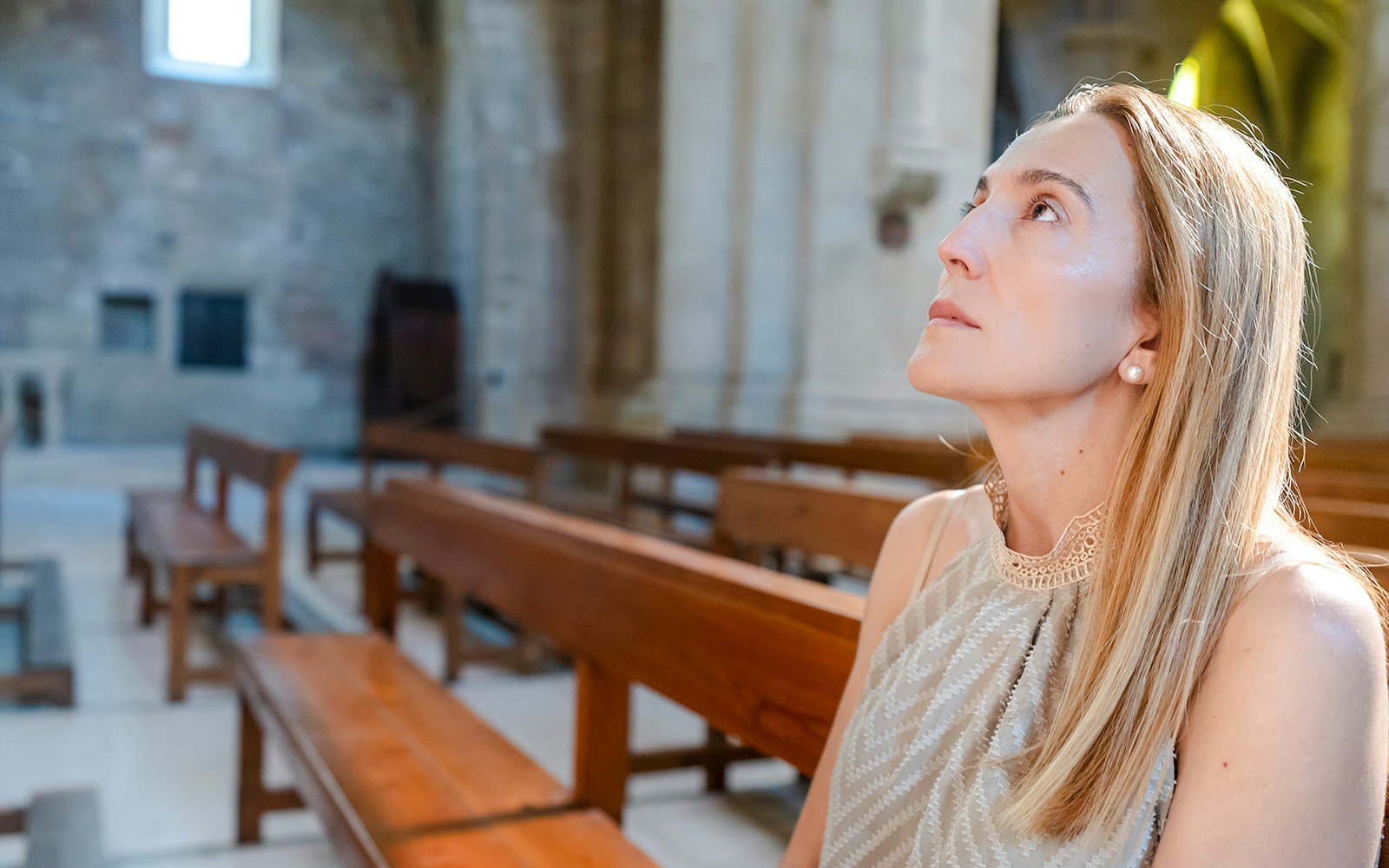By the 19th century, uncontrolled coffee farming had stripped Rio’s hills bare. In response, Emperor Pedro II launched a massive reforestation project, making Tijuca one of the world’s first examples of a human-led forest restoration.
A quick peek at Tijuca’s National Park
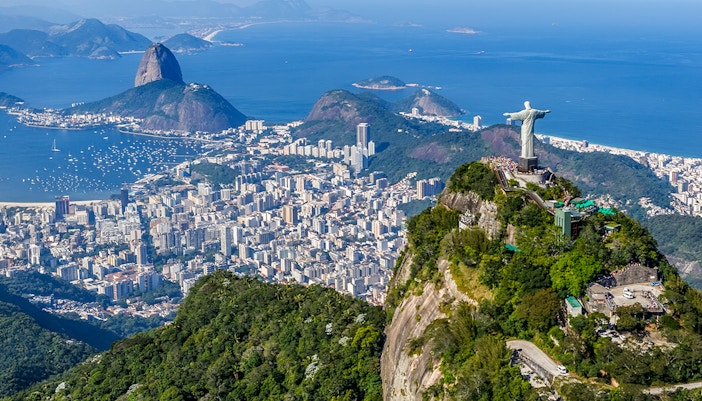
A forest reborn

Reforested by human hands
Thousands of trees were planted, not by machines, but by enslaved and later freed workers over decades. Their efforts transformed empty slopes into a thriving rainforest, leaving behind a legacy of resilience and renewal.
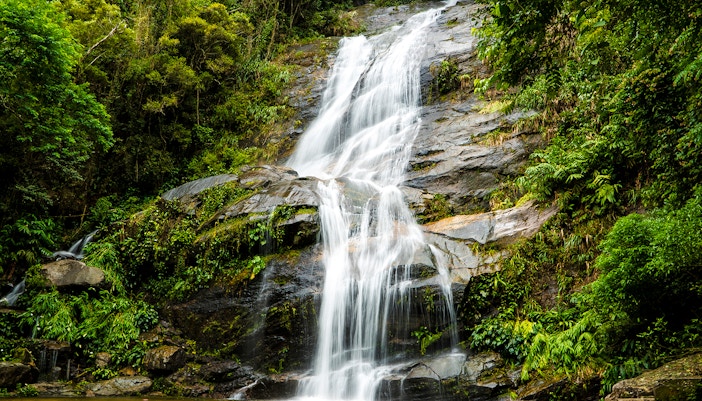
The city’s water lifeline
The reforestation was not just symbolic; it was essential. The restored Tijuca Forest revived Rio’s springs and reservoirs, securing clean water for a growing city and ensuring the survival of its people.
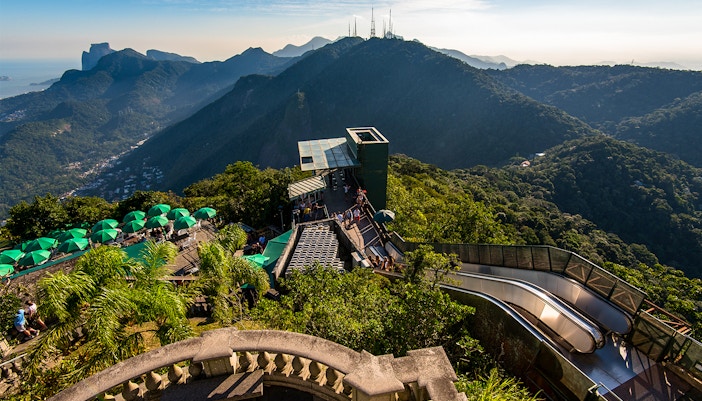
An urban rainforest like no other
Covering more than 32 square kilometers, Tijuca National Park Rio de Janeiro is today the largest urban rainforest in the world. This is a rare case of a modern city being literally rebuilt around nature.
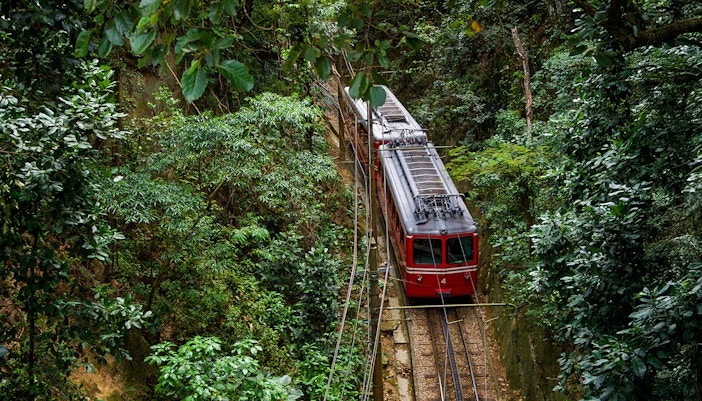
Global recognition
Because of its role in shaping Rio’s identity, Tijuca is part of the city’s UNESCO World Heritage landscape. Passing through it is not just a scenic ride but a journey across centuries of environmental history.



